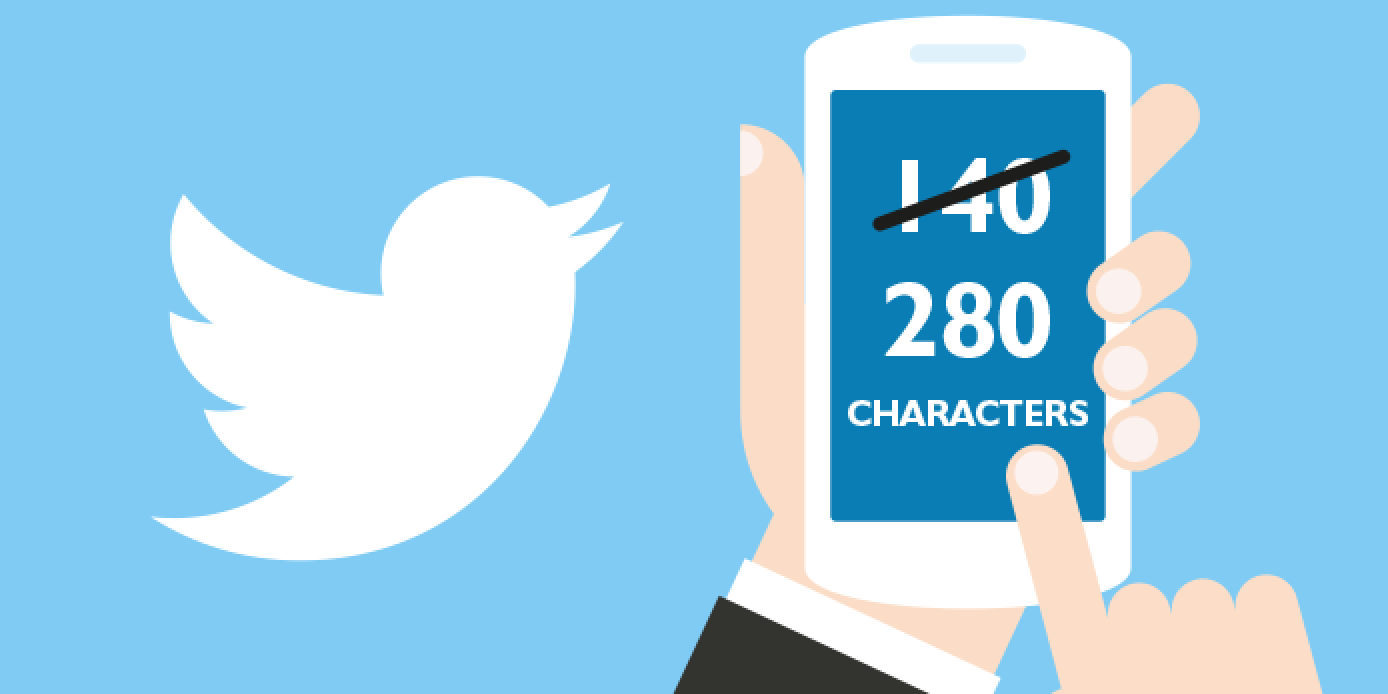
Too much of a good thing?
‘Brevity is the soul of wit’ said Shakespeare – but is brevity the soul of Twitter? Freshwater London social media specialists Hannah Jones and Sarah Bartlett delve deeper into Twitter’s extended character count now that the dust has settled…
In November 2017, Twitter finally implemented an update it had been threatening for more than a year: its famous 140 character limit, static for over a decade, was doubled to 280.
The social platform tweeted to say that its hope was for ‘it to be easier and faster for everyone to express themselves’, stating that users were limited in how much detail and information could be shared. One Twitter founder explained that ‘140 was an arbitrary choice based on the 160 character SMS limit’.
However, talk of the new update raised concerns that by increasing the character limits, Twitter would destroy its niche. As you might expect from a social media platform, Twitter was quick to respond saying it shared this concern and hadn’t made the decision to expand the limit without a ‘rigorous evaluation process’.
After extensive testing and experimenting, Twitter decided that the update would not negatively impact the social media experience but would, in fact, improve the quality of the tweets being posted. The update was trialled and passed the test from the developers’ point of view. But what about the response from users?
The initial reaction was pretty one-sided. Users largely complained that the 140 character limit represented the essence of Twitter; that it had ruined its raison d’être.
Harry Potter author and Twitter aficionado, J.K. Rowling, expressed her disappointment in the website in a typically pithy tweet; ‘Twitter’s destroyed its USP. The whole point, for me, was how inventive people could be within that concise framework.’ Rowling’s tweet was retweeted over 24,000 times, confirming the apprehension shared by many Twitter users when news broke.
Despite initial grumbles, it must be noted that the popularity of the renowned social media outlet has not decreased – with some 280 character tweets gaining over 300,000 likes (if you’re interested, the most popular was from The Cookie Monster!). The update allows users to write with less constraint and to include more detail, an advantage that shouldn’t be scoffed at.
Often, change is met with annoyance or resentment before it is accepted. It would be unfair to judge whether the benefits of extra characters outweigh the cons and Twitter’s 330 million monthly active users will be the judge.
Freshwater’s Top Tips for Terrific Tweeting at 280 characters:
- Extra characters mean more space for strategic hashtags to make your posts more visible to others looking for your content.
- Remember that rich content is key to engaging your followers – think video, images and graphics – none of which impact on the number of characters!
- No need to shorten links anymore because it’s automatically done by Twitter. However, they will still eat characters, so approach with caution.
- The use of spacing and line breaks can make tweets look cleaner and easier to read but too much can cause you to clog timelines – turning your followers off (look to NASA’s tweet in response to the 280 character limit for inspiration of how it should be done).
- Most importantly: just because you have 280 characters, doesn’t mean you need to use them. If you can say the same thing in fewer words, then do!
From social media training, paid for social media campaigns and organic content development, Freshwater has the expertise to help you to shape the conversation online. See our other social media services here or better yet – tweet us @FreshwaterUK.
